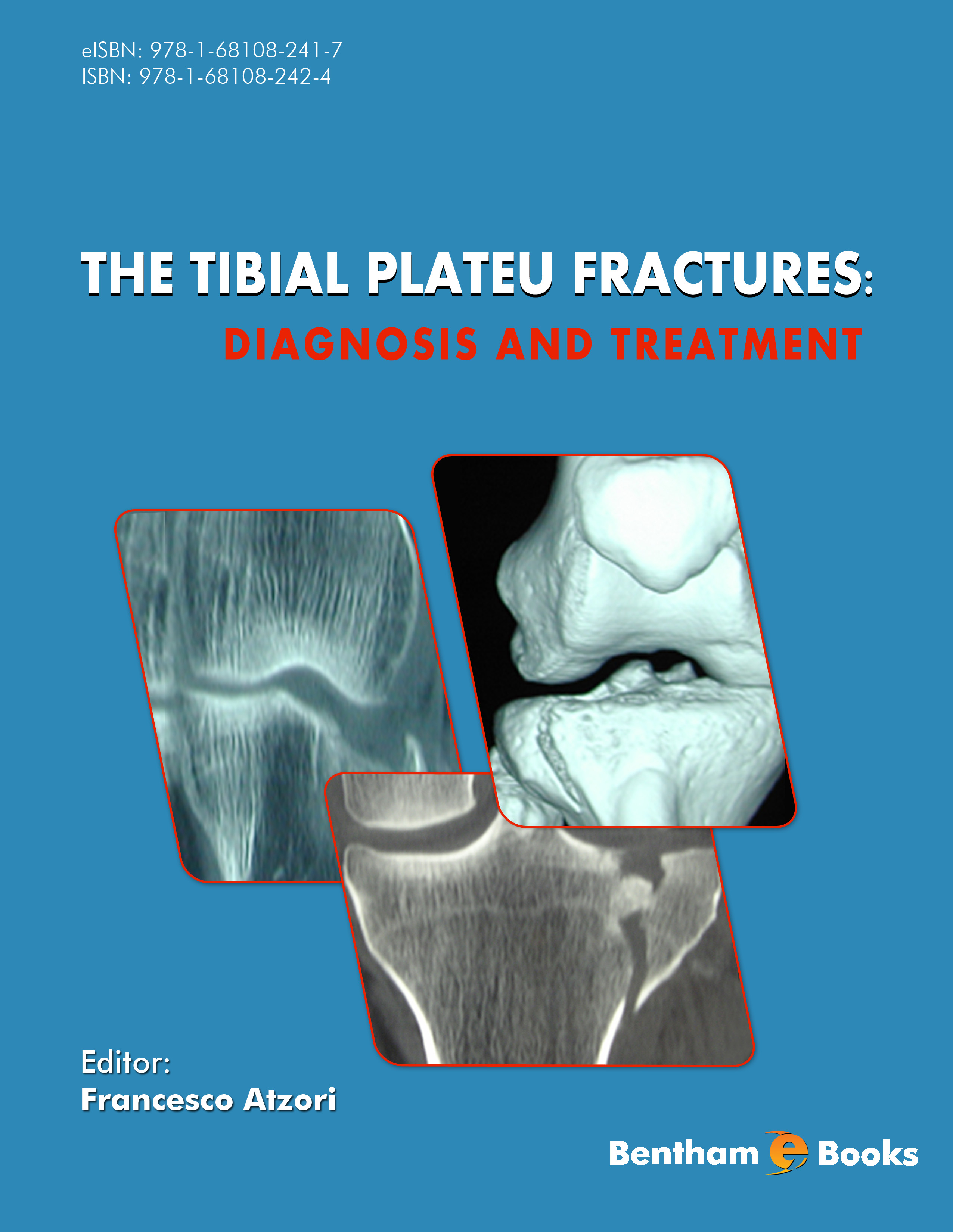Introduction
A break in the proximal part of the tibia or shinbone region results in a Tibial plateau fracture. This type of bone damage results in the impaired motion and stability of the leg and the knee joint. Since this is a critical load-bearing region of the body, patients affected by these fractures have difficulty in carrying their body weight, which can cause major disability. Tibial plateau fractures commonly occur as a result of motor vehicle accidents in younger individuals and as a result of osteoporosis in elderly women. With appropriate medical guidance, patient rehabilitation is possible. This book is a concise handbook on key information about the diagnosis and treatment of Tibial plateau fractures. Chapters in this book cover the epidemiology of these types of bone fractures, diagnostic imaging, surgical treatment options and patient rehabilitation. The book is intended as a primer on Tibial plateau fractures for medical students and novice surgeons who aim to specialize in orthopaedic surgery. Readers will be able to understand how to manage relevant bone fracture cases which they encounter and will learn how to improve patient recovery after surgical procedures.



